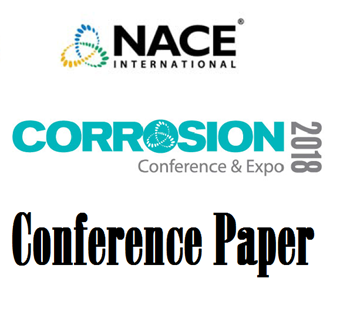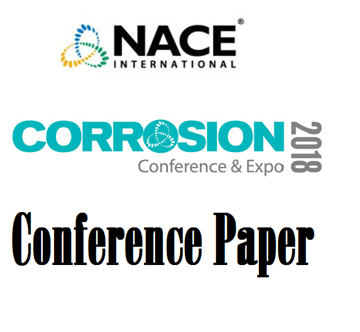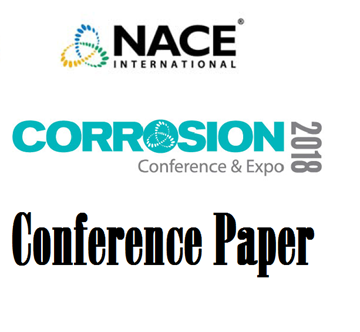Search
51318-11025-The Influence of Halide Ions on the Passivity Breakdown of Carbon Steel Based on the Point Defect Mo
Also Purchased
51318-11017-Evaluation of Corrosion Behavior of Steels for Direct Supercritical CO2 Power Cycle Applications
Product Number:
51318-11017-SG
Publication Date:
2018
$20.00
51318-11018-Advancement in Cathodic Disbondment Test Standard- NACE TM0115
Product Number:
51318-11018-SG
Publication Date:
2018
$20.00
51318-11022-Case Study: Solving the Puzzle of 10inch Duplex Stainless Steel Flowline Weld Failure
Product Number:
51318-11022-SG
Publication Date:
2018
$20.00




